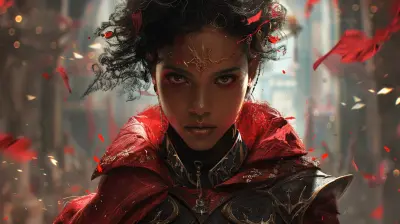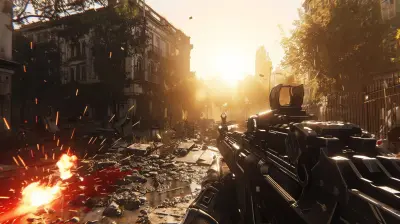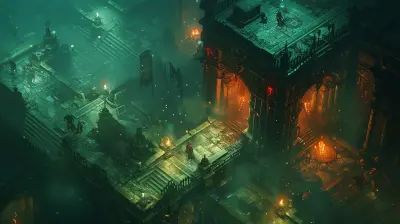The Influence of Martial Arts in Action Game Combat Systems
1 June 2025
If you’ve ever played an action game and found yourself enthralled by its fluid combat, there’s a good chance martial arts were the secret sauce behind that immersive experience. Martial arts have long influenced the design of combat systems in action games, shaping how characters move, attack, and even defend. But why is this ancient art such a cornerstone for game developers? More importantly, how does it elevate the gameplay experience?
In this article, we’ll break down the transformative power of martial arts in action game combat systems. So buckle up, because we’re taking a deep dive into punches, kicks, combos, and the rich philosophy that lies behind them.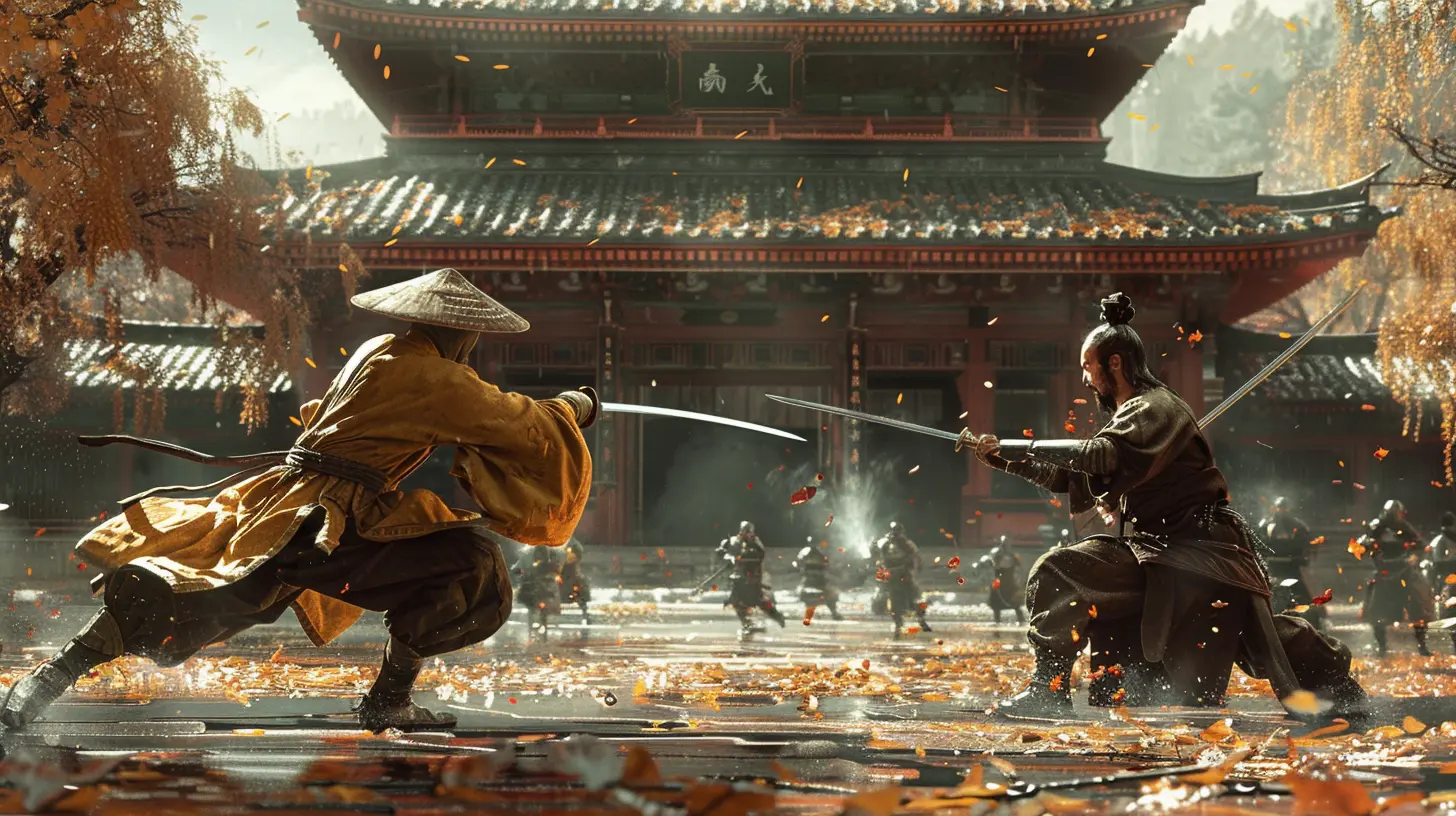
Martial Arts as the DNA of Action Games
Martial arts are to action games what seasoning is to food – they add complexity, variety, and depth. At their core, martial arts provide a blueprint for movement and combat that developers can adapt and stylize for their games. Whether it’s a stealthy ninja slicing through enemies in Sekiro: Shadows Die Twice or a heavily armed warrior spinning through foes in God of War, martial arts serve as the foundation.But it’s more than just cool moves, isn’t it? Martial arts add authenticity. They make the characters feel like skilled fighters rather than button-mashing machines. It’s this mix of realism and creativity that brings action game combat systems to life. Think about it: What’s more engaging—spamming the same attack over and over or stringing together strategic moves that look and feel satisfying? Martial arts give you that flow.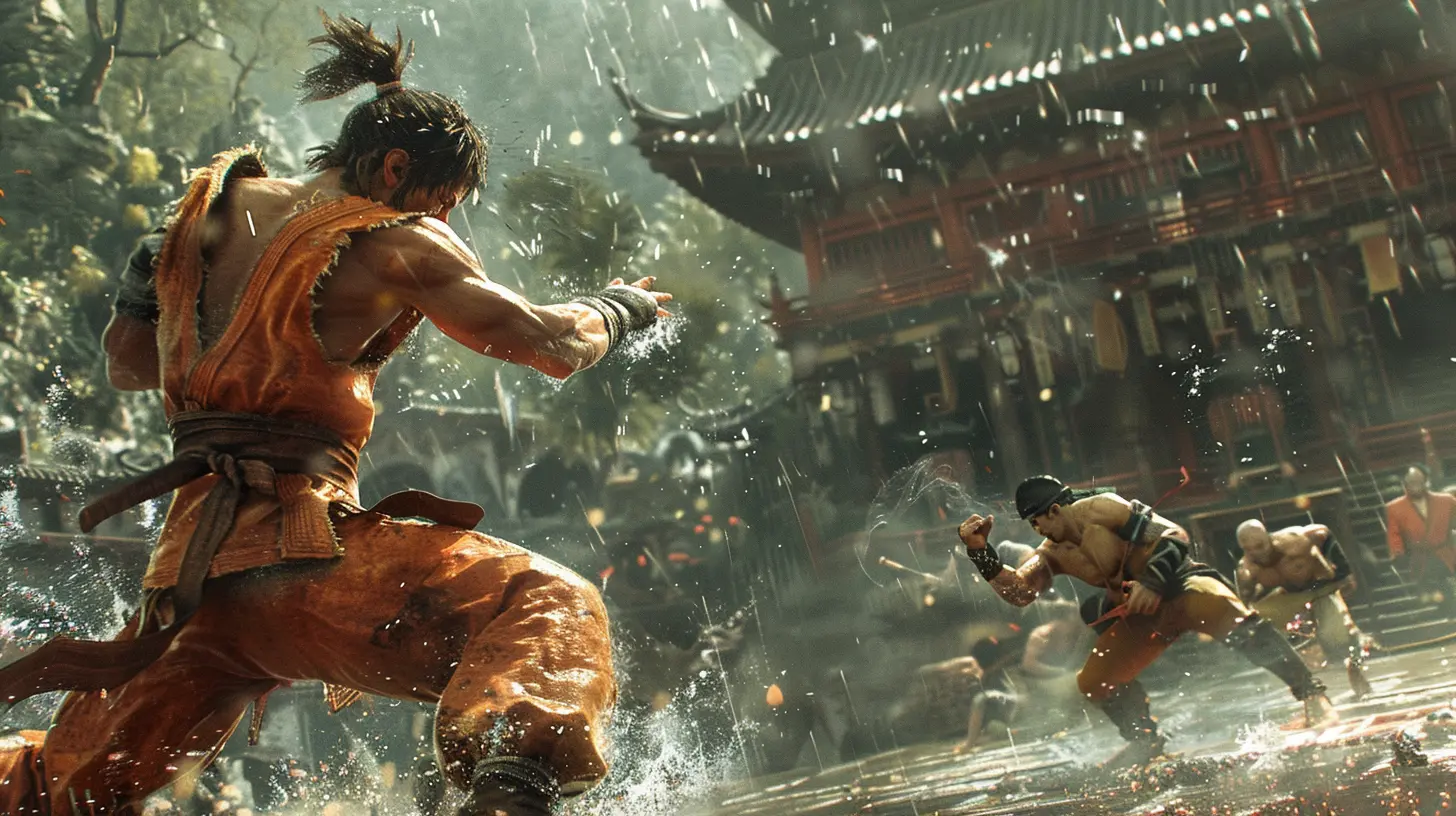
Popular Martial Arts in Action Games
Not all martial arts are created equal, and video games tend to cherry-pick those that suit their style. Let’s break down some of the most commonly used martial arts styles in action games.#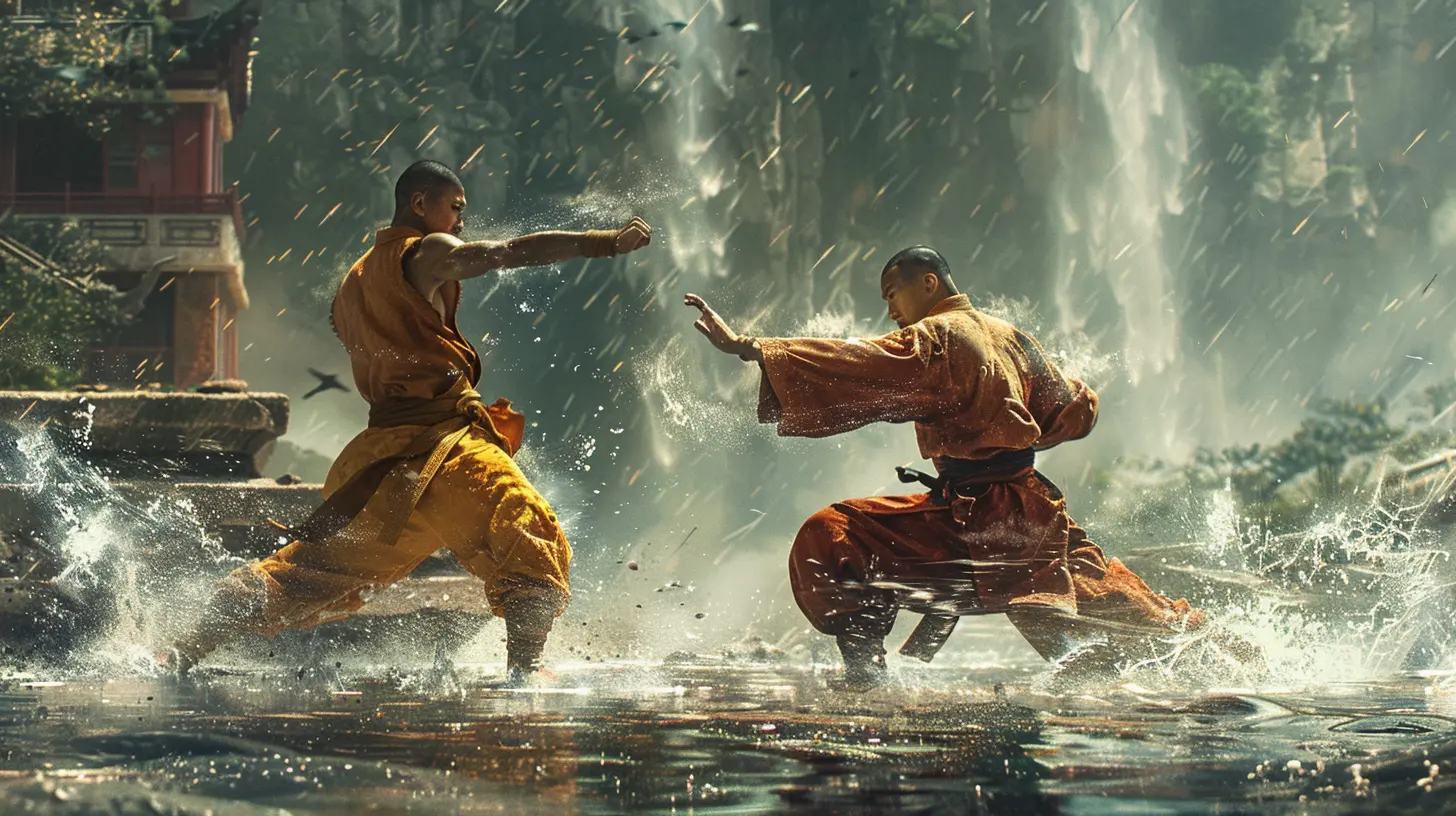
Kung Fu: The Crowd Favorite
Kung Fu is a popular choice in action games for its versatility and cinematic appeal. From Jackie Chan-style somersaults to Bruce Lee-inspired high kicks, Kung Fu shines when developers want their characters to display agility and precision. Games like Sleeping Dogs and Sifu are prime examples where Kung Fu takes center stage, allowing players to unleash a flurry of strikes and acrobatics.Karate: The Simplistic Powerhouse
Karate is all about straightforward yet effective movements. In video games, this translates into hard-hitting strikes and a no-nonsense approach. Ryu and Ken from Street Fighter are great examples; their fighting styles are essentially Karate-based, packed with devastating kicks and iconic moves like Hadoukens.Capoeira: Fighting with Flair
Ever seen a character flip, twirl, and kick while looking like they’re dancing? That’s Capoeira for you. This Brazilian martial art blends combat and rhythm, making it a flashy choice for action games. Tekken series fans will immediately think of Eddy Gordo, whose Capoeira-inspired moveset is both fun to watch and a nightmare to predict.Japanese Martial Arts: Samurai and Ninja Vibes
Japanese martial arts like Judo, Aikido, and Kenjutsu often make their way into action games, especially titles with historical or fantasy settings. Ghost of Tsushima and Nioh leverage these styles to highlight the discipline and technique of their characters. Swordplay, dodges, and counters rooted in traditional Japanese martial arts bring an undeniable elegance to combat.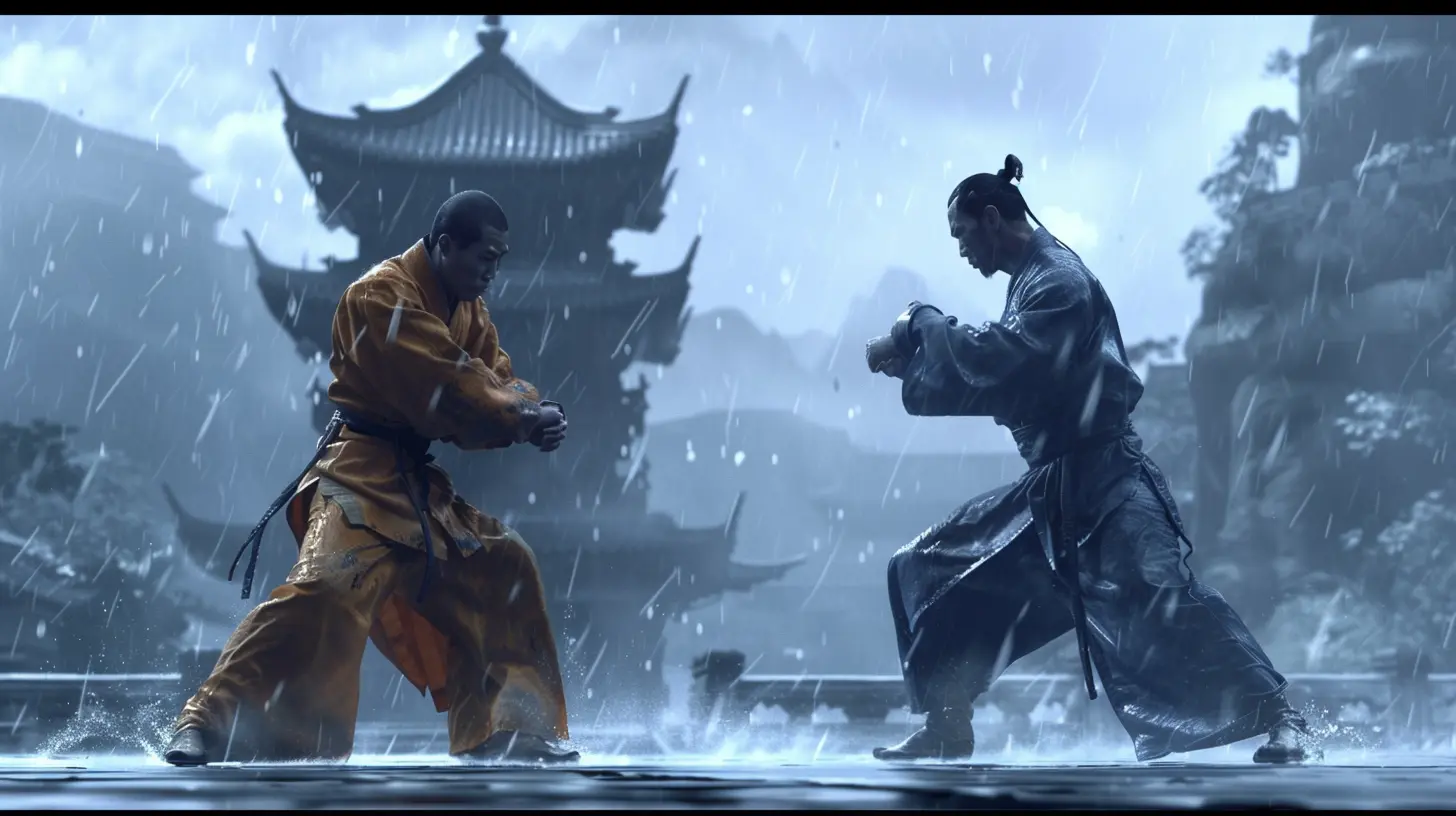
The Role of Philosophy and Strategy
Here’s the thing: Martial arts aren’t just about flashy moves. They come with a philosophy—balance, discipline, and strategy. And guess what? These principles work wonders in game design too.Balancing Offense and Defense
Ever noticed how some action games reward players for perfect timing, like parrying an enemy attack or dodging at the last second? That’s martial arts philosophy in action. Games like Dark Souls force players to think tactically, balancing aggression with careful defense. Rash decisions usually get punished, mirroring the discipline martial artists are trained to master.Mind Games and Psychological Combat
In martial arts, sometimes the most powerful move is the one you don’t make. A well-timed feint or pause can throw opponents off and open up vulnerabilities. Developers have echoed this in games with mechanics like baiting enemies, countering, or even using environmental cues to gain the upper hand.Skill Mastery Over Button Mashing
Martial arts emphasize mastering techniques through practice, and many action games embrace the same philosophy. Have you ever noticed how titles like Devil May Cry or Bayonetta reward players for mastering complex combos instead of button-smashing their way through? That’s martial arts DNA right there.Cinematic Combat: Martial Arts Meets Hollywood
Let’s not forget how martial arts blend seamlessly with cinematic action. Many games have borrowed iconic moments from martial arts films and translated them into gameplay. The slow-mo finishing moves in Mortal Kombat? Straight out of a martial arts flick. The seamless choreography in Batman: Arkham Knight when taking down multiple enemies? Pure cinema.Action games have also adopted techniques like motion capture to ensure combat animations stay true to the martial arts they’re based on. Developers often work with real martial artists to nail the authenticity of each move. It’s like having a Hollywood fight choreographer direct your every move.
Why Martial Arts Makes Combat Feel Personal
So why do martial arts-infused combat systems resonate so deeply with players? It’s because they’re relatable on some level. Martial arts are rooted in human movement, making them feel natural even when exaggerated for the sake of gameplay.Plus, martial arts emphasize growth and mastery, a theme that mirrors the player’s journey in most games. Think about it: You start as a rookie, missing dodges and fumbling with combos, but over time, you become a skilled fighter capable of taking down the toughest foes. It’s incredibly satisfying, isn’t it?
The Future of Martial Arts in Action Games
As gaming technology evolves, martial arts-inspired combat systems will only get better. Advanced AI will make enemies smarter, VR will put us in the middle of the action, and motion tracking could allow players to perform real moves that translate into in-game actions. Imagine how immersive that would be!There’s also room for greater cultural representation. While traditional martial arts like Kung Fu and Karate dominate, emerging games may explore lesser-known styles from underrepresented regions. The variety will keep gameplay fresh and exciting.
Parting Thoughts: Martial Arts as the Heartbeat of Combat
Martial arts have influenced action game combat systems in ways that are impossible to ignore. They bring depth, strategy, and artistry to what could otherwise be mindless brawling. Whether you’re chaining together epic combos in Tekken or parrying for your life in Elden Ring, you’re experiencing the profound impact of martial arts.So next time you’re immersed in a game where the combat feels smooth, thoughtful, and rewarding, take a moment to appreciate the martial arts roots that shaped it. After all, every punch, block, and flip you execute in-game is a homage to centuries of tradition and discipline.
all images in this post were generated using AI tools
Category:
Action GamesAuthor:

Pascal Jennings
Discussion
rate this article
3 comments
Monica Chapman
Martial arts bring a rich depth to action game combat, blending discipline with creativity. This fusion not only enhances gameplay but also inspires players to embody the spirit of perseverance and focus, proving that every challenge can be met with skill and determination!
June 12, 2025 at 3:29 AM

Pascal Jennings
Thank you for your insightful comment! I completely agree—martial arts not only enrich combat mechanics but also empower players with valuable life lessons in perseverance and focus.
Stacey Yates
This article insightfully highlights how martial arts techniques enhance the realism and fluidity of action game combat systems, creating immersive gameplay experiences that resonate deeply with players. Great read!
June 3, 2025 at 3:56 AM

Pascal Jennings
Thank you! I'm glad you found the article insightful and that it resonated with you. Martial arts truly do bring a unique depth to game combat!
Dakota Rocha
Great article! I appreciate how you highlighted the intricate ways martial arts shape combat systems in action games. It’s fascinating to see how these elements not only enhance gameplay but also deepen the storytelling. Looking forward to reading more about this topic!
June 1, 2025 at 4:22 AM

Pascal Jennings
Thank you for your kind words! I'm glad you enjoyed the article and found the connection between martial arts and storytelling interesting. Stay tuned for more insights!
